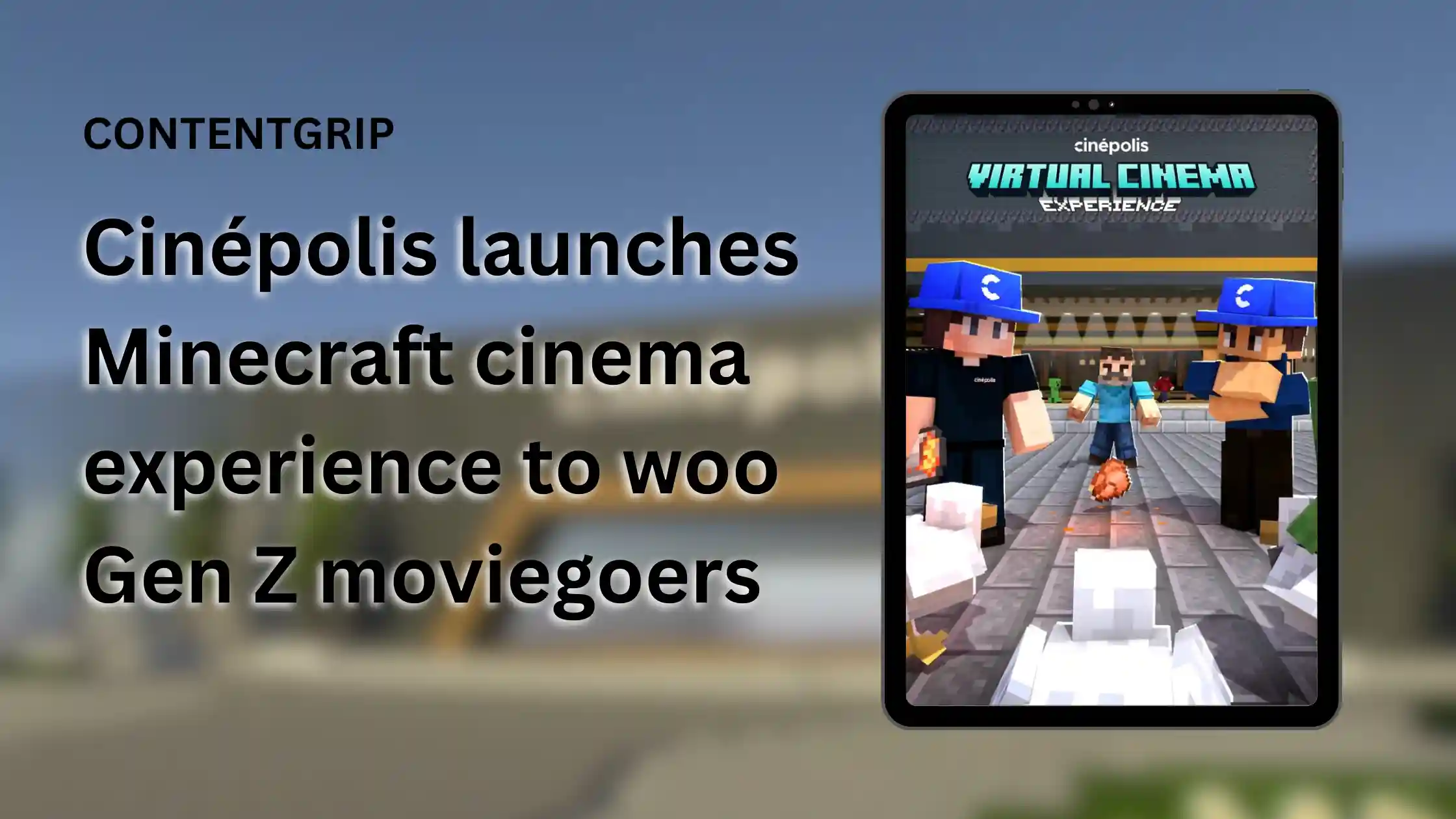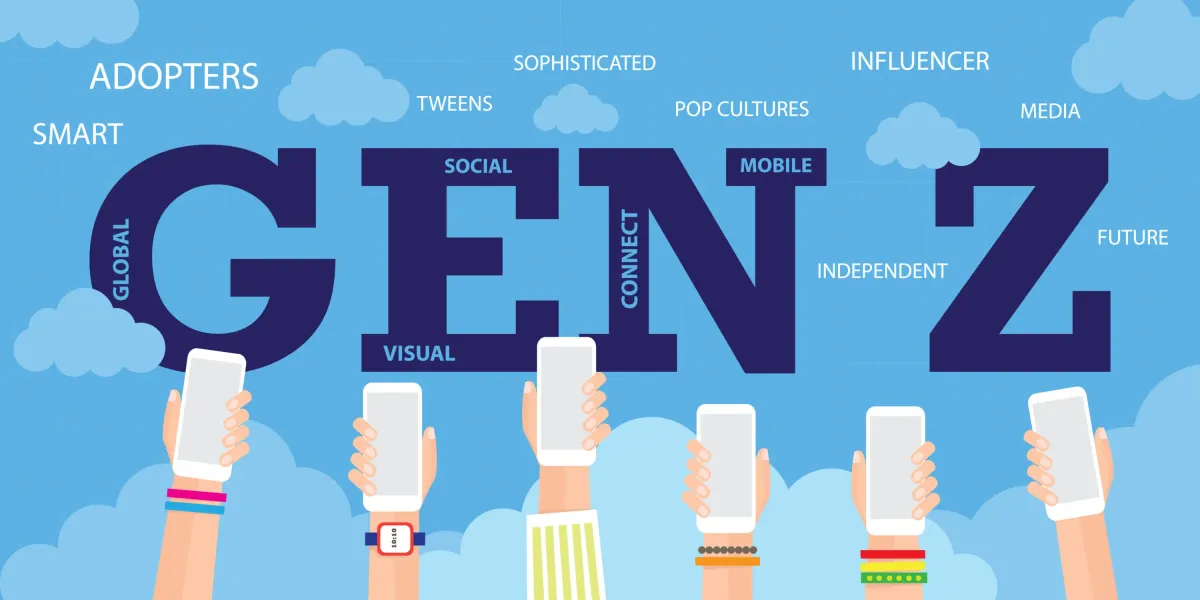Cinépolis launches Minecraft cinema experience to woo Gen Z moviegoers
Indonesia’s Cinépolis is using Minecraft to turn its cinema brand into a playable adventure.

Cinépolis Cinemas Indonesia is stepping into the world of gaming with an ambitious activation: a virtual theatre inside Minecraft.
Designed to engage Gen Z audiences, the experience blends in-game missions, PvP arenas, and real-world movie perks—essentially transforming the Cinépolis brand into a playable world.
This article explores how the activation works, why Cinépolis is targeting Minecraft’s audience, and what this says about cinema marketing in a digital-first era.
Short on time?
Here’s a quick look at what we cover:
- Inside Cinépolis’ Minecraft theatre world
- Why this matters: brand loyalty through immersion
- What marketers should take away from this gamified approach

Inside Cinepolis' Minecraft theatre world
In celebration of A Minecraft Movie, Cinépolis Indonesia has launched a themed experience inside the Minecraft Bedrock universe. Accessible via any compatible device, the virtual activation lives on a custom server (virtualcinepolis.id, Port 19132) and aims to blend cinema culture with pixelated gameplay.
Once inside, players explore a stylised cinema lobby packed with activities:
- Parkour Challenge: an obstacle course that tests player reflexes and agility.
- Puzzle Hunt: an exploration game where users collect hidden items scattered throughout the virtual cinema.
- PvP Combat Zones: multiplayer battle arenas modeled after cinematic worlds.
- Digital Swag: users can equip their avatars with accessories like branded popcorn buckets and caps.
Beyond fun, the experience also incentivizes deeper engagement. Completing mini-missions unlocks codes for real Cinépolis movie vouchers, while referring friends brings in-game points and bonus rewards.
Why this matters
Delfi Kartikawati, Brand Marketing Manager at Cinépolis Cinemas Indonesia, explained the goal: “We’re inviting fans to experience Cinépolis Cinemas beyond the walls of a theatre… especially younger movie lovers who live and play online.”
This isn't just a promo for A Minecraft Movie. It’s a brand play that reflects where entertainment is headed: more interactive, more social, and increasingly rooted in digital ecosystems.
The move also fits the broader Cinépolis identity—premium but approachable. By embedding branded elements in a fan-favorite game, they create touchpoints for younger audiences who may not yet see Cinépolis as their cinema brand. Now, they’re not just buying tickets—they’re completing missions.

What marketers should know
This type of gamified engagement hints at bigger trends in entertainment marketing. Here's what to take away:
1. Interactive brand spaces are the new loyalty program
A static rewards card doesn’t cut it anymore. Cinépolis’ in-game world essentially functions like a loyalty program—but with movement, narrative, and style. Missions for rewards? Check. Personalization through avatar gear? Also check. The difference is it feels like play, not promotion.
2. Digital-native activations bridge awareness and conversion
While the Minecraft experience is free to play, it leads players directly to cinema tickets through redeemable codes. That’s a straight line from virtual world to physical box office. Marketers should note how immersive storytelling can feed conversion funnels, not just top-of-funnel branding.
3. Referral incentives still work—if they feel earned
Cinépolis layers in social growth mechanisms by rewarding players who invite friends. The mechanics are familiar, but because they’re embedded in a game, they feel less like marketing tricks and more like gameplay features. That distinction matters in maintaining user trust and enjoyment.
Cinema chains have long faced the challenge of staying relevant to a generation raised on streaming and mobile gaming. By launching a Minecraft world that marries cinema themes with gameplay and real-world value, Cinépolis isn’t just promoting a movie—it’s rethinking how brand relationships are built in 2025.
More marketers may want to consider: What would your brand look like as a playable space?





